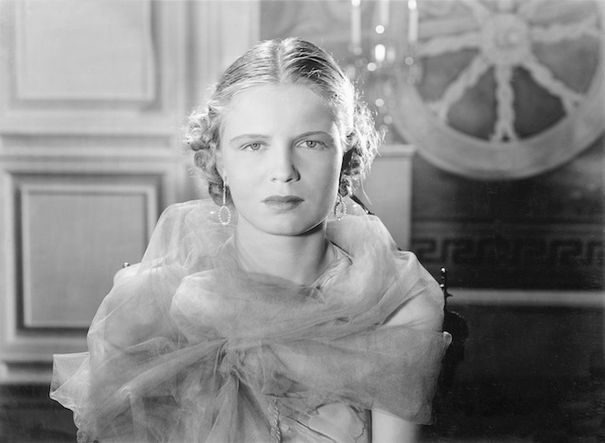CREDIT AND CREDIBILITY
Max Ophüls’ THE TROUBLE WITH MONEY might have failed at the box office, but certainly not on the artistic front. It’s a gem waiting to be rediscovered.

THE TROUBLE WITH MONEY
The title says it all. THE TROUBLE WITH MONEY (KOMEDIE OM GELD, Netherland), screening in Berlinale Retrospective, was indeed troubled with money. This Max Ophüls film cost 150,000 guilders (approximately 20,000 Euros) to produce, the most expensive Dutch film in 1936, but managed to earn only 10,000 guilders, failing to appeal to the Dutch audience. This paradox of a very expensive “comedy about money”, as the Dutch title goes, played a crucial role in shaping the film’s subsequent reputation as a financial flop. It’s an often-forgotten work made by a legendary director.
Despite its poor box-office record, THE TROUBLE WITH MONEY is far from being an artistic flop. The big budget certainly allowed Ophüls to realize his whims for the grandiose. He built lavish sets as a backdrop for this moral tale about the power of money in a capitalist society. Central to the film is a fairground stage, where a master of ceremonies addresses the audience throughout. In the prologue, he lures us into following the protagonist, Brand (Herrman Bouber), a bank clerk who accidentally loses 300,000 guilders. Failing to explain how he misplaced the money, Brand is accused of theft by his co-workers.
A sense of helplessness grows as the film progresses. Ophüls cleverly builds the tension by splitting the film into two distinct visual styles. The first half features mostly realistic sequences, shot on location in various spots in Amsterdam, showing Brand as he struggles with his job as a bank clerk. The second half is more expressionistic, taking place inside luxurious offices. To render Brand and the other workers insignificant within the trappings of wealth, the director frames his characters so that they’re dwarfed by the furniture around them. Heinz Fennschel, the set designer, actually built oversized furniture to magnify the effect.
In essence, THE TROUBLE WITH MONEY holds up a mirror to its times. The 30s were riddled with consequences of the Great War: economic depression, authoritarian regimes, and threats of another war. In times of such distress, humanities are often set aside, and it becomes easy to lose sight of an individual’s worth beyond his or her ability to make money, and that’s the cause of Brand’s suffering. In retrospect, THE TROUBLE WITH MONEY is unique within the filmography of Ophüls. It is neither a romantic comedy nor a melodrama, two genres that we associate with Ophüls during his stint in Hollywood in the 40s. It’s a movie with a social conscience, one worthy of being rediscovered.

